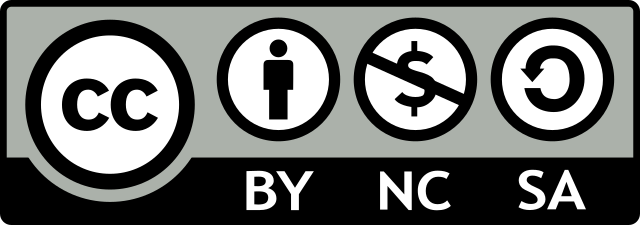Implementasi Teori Wihda dan Furu’iyah dalam Pengajaran Bahasa Arab di Pesantren Modern dan Shalaf Sulawesi Selatan
Abstract
This research discusses the application of wihdah and furu‟iyah theory in teaching Arabic in modern pesantren and salaf in South Sulawesi. The purpose of this study is to determine the efficiency of the use of wihdah and furu‟iyah theory in teaching Arabic in modern pesantren and salaf in South Sulawesi. This research is a library research study that is qualitative and rationalistic in style. This type of research uses qualitative analysis with the ability to build arguments. The data are not sensory empirics but rather thoughts, opinions, theories constructed with a certain system of logic, ordinary in historical, textual, contextual, intextual genetic form. The results showed that the application of nazariyah al-Wihdah is very important in learning Arabic at the pesantren Ummul Mukminin in Makassar, even though there are obstacles in it. This is in accordance with the achievement of the expected Arabic learning objectives. Meanwhile, the application of nazariyah al-Furu‟ in the mastery of maharat al-lugah at the pesantren DDI Abdurrahman Ambo Dalle Mangkoso in mastering maharat al-Lugah is a guide in achieving learning goals so that students can read Arabic textbooks, in addition to the implementation of nazariyah al-Furu‟ enacted because it was considered a mandate of the founder of the institution.
References
Asyrofi, Syamsuddin, Metodologi Pembelajaran Bahasa Arab (Yogyakarta: Pokja Akademik UIN Sunan Kalijaga, 2006)
Effendi, Ahmad Fuad, Metodologi Pengajaran Bahasa Arab, IV (Malang: Misykat, 2009)
Fachrurrozi, Aziz, and Erta Mahyudin, Pembelajaran Bahasa Asing Metode Tradisional Dan Kontemporer, ed. by Mu’azzizah (Jakarta: Rajawali Pers, 2016)
Hermawan, Acep, Metodologi Pembelajaran Bahasa Arab (Bandung: PT. Remaja Rosdakarya, 2011)
Izzan, Ahmad, Metodologi Pembelajaran Bahasa Arab (Bandung: Humaniora, 2009)
Kafrawi, Akrom Malibary, Achmad Basyar, Partosentono, Abd Hafizh Dasuki, Zaini Muchtarom, and others, Pedoman Pengajaran Bahasa Arab Pada Perguruan Tinggi Agama Islam IAIN
‘Konsep Nadzariyyah Al-Wihdah Dalam Pembelajaran Bahasa Arab’, Jurnal Al-Ta’dib, 8.1 (2015), 167–79 <https://www.ptonline.com/articles/how-to-get-better-mfi-results>
Madjidi, Busyairi, Metodologi Pengajaran Bahasa Arab Penerapan Audio Lingual Method Dalam All In One System (Yogyakarta: Sumbangsih Offset, 1994)
Muhadjir, Noeng, Metodologi Penelitian Kualitatif (Yogyakarta: Rake Sarasin, 1996)
Nababan, Sri Utari Subyakto, Metodologi Pengajaran Bahasa (Jakarta: Gramedia Pustaka Utama, 1999)
Richard, Jack C., The Language Teaching Matrix (Cambridge: Cambridge University Press, 1990)
Rusman, Model-Model Pembelajaran Mengembangkan Profesionalisme Guru, VII (Jakarta: Rajawali Pers, 2018)
Sari, Rina, Pembelajaran Bahasa Inggris Pendekatan Qur‟ani (Malang: UIN Malang Pers, 2007)
Sugiono, Metodologi Penelitian Kuantitatif Kualitatif Dan R&D, VII (Bandung: CV. Alvabeta, 2009)
Suryadarma, Yoke, Fariz Mirza Abdillah, and Ibnu Fitrianto, Konsep Penerapan Teori Wihdah Dan Furu ’ Iyah Dalam, 1 (Malang, 2018)
Tarigan, Henry Guntur, Metodologi Pengajaran Bahasa Indonesia (Bandung: Angkasa, 1991)
TIM LPM, Pedoman Penulisan Tesis Dan Disertasi Program Pascasarjana UIN Alauddin Makassar (Makassar: Alauddin University Press, 2013)
Wellek, Rene, and Austin Warren, Teori Kesusasteraan (Jakarta: PT. Gramedia, 1989)
Copyright (c) 2023 Amrah Kasim, Baso Pallawagau

This work is licensed under a Creative Commons Attribution-NonCommercial-ShareAlike 4.0 International License.

